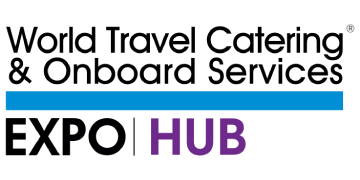
Creating the optimum onboard passenger experience is a tricky landscape to navigate. However, executing this concept well could mean the difference between the route to success or failure for airlines and operators in the industry.
The task is made ever more challenging by a huge range of external factors which travel organisations are increasingly having to deal with.
Despite these hurdles, and significant disruption over the last few years, the airline sector has rebounded and is – by many accounts – now flourishing. According to data from the International Air Transport Association (IATA), demand for global travel grew by 47.2% in the first half of 2023.
According to the Airports Council International, 2024 is expected to be a milestone for global passenger traffic recovery. Projected to reach 9.4bn passengers, the figure would exceed the 9.2bn passengers that flew in 2019.
With travellers making a swift return to the skies, a new era of the onboard experience is fast emerging. Rapidly evolving passenger expectations and preferences are highlighting some of the bigger challenges that operators in the sector are facing.
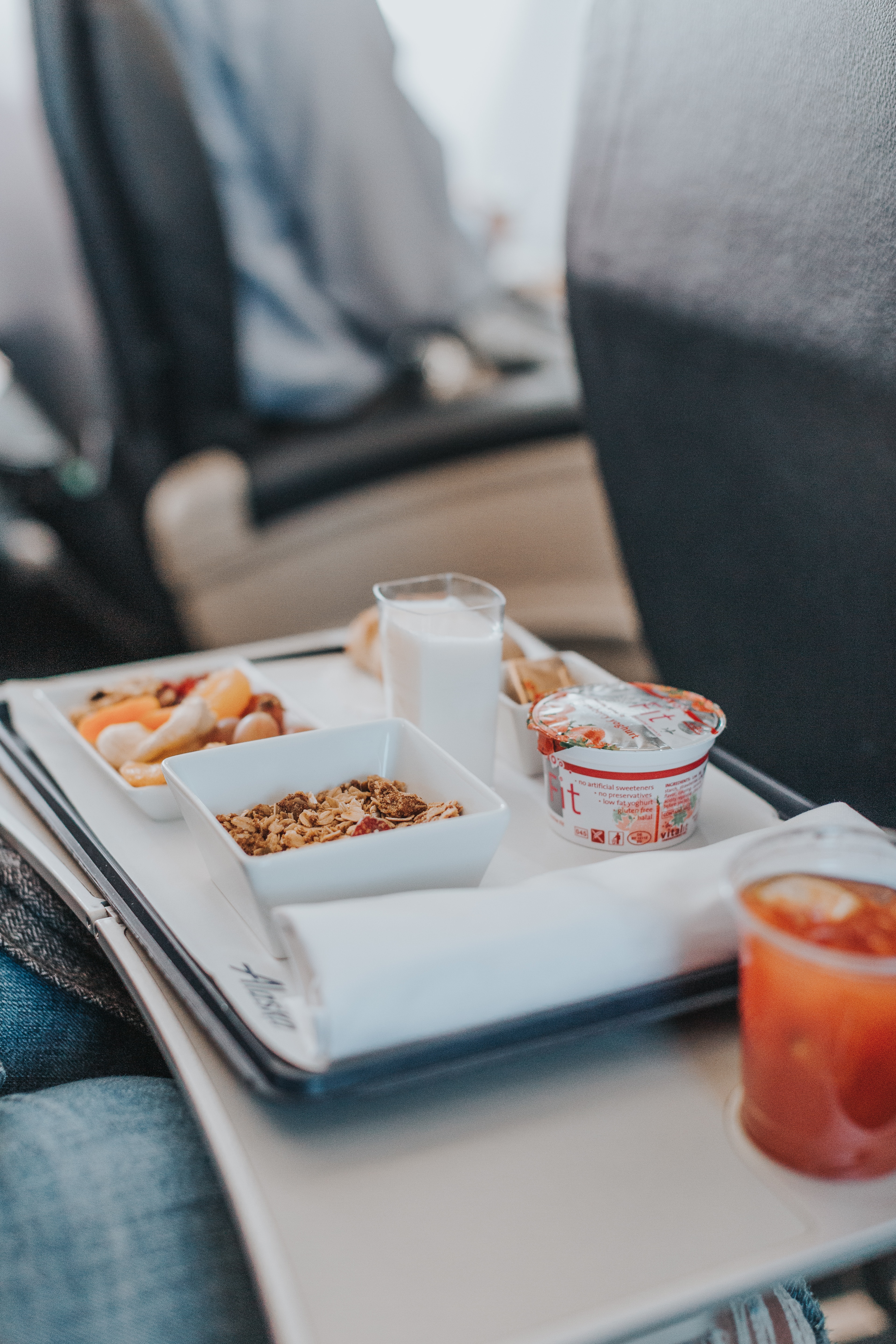
A transitional passenger base
Airlines are having to manage the challenges that accompany a shifting passenger demographic. For example, research from Dynata shows that Millennial and Gen Z passengers now account for three quarters of the market, compared with two thirds before the pandemic.
It’s no surprise that the preferences and priorities of the younger generations are perceptibly different from the generations that came before.
Age isn’t the only factor driving airlines to transform their onboard experience. The purpose of travel has also largely shifted. According to Deloitte, spend in the US and European corporate travel markets is expected to reach a third of 2019 levels by the end of 2023, with a full recovery predicted for late 2024, or early 2025.
Despite this, there’s no denying that Business Travel has taken a serious hit, with other sources suggesting that it will never fully recover to pre-pandemic levels.
However, what no one expected to see was leisure travel taking its place. In the last year or so, the term ‘bleisure’ travel – also referred to as ‘bizcation’ and ‘workcation’ has emerged. This is a phrase frequently being used to describe business trips mixed with leisure travel.
According to Expedia’s 2022 Q4 Traveler Insights Report, 76% of those surveyed are planning to incorporate some form of ‘bleisure travel’ into their schedules. Similarly, Expedia’s 2023 Traveler Value Index found that 28% of respondents expected to take a ‘flexcation’ trip in the next 12 months.
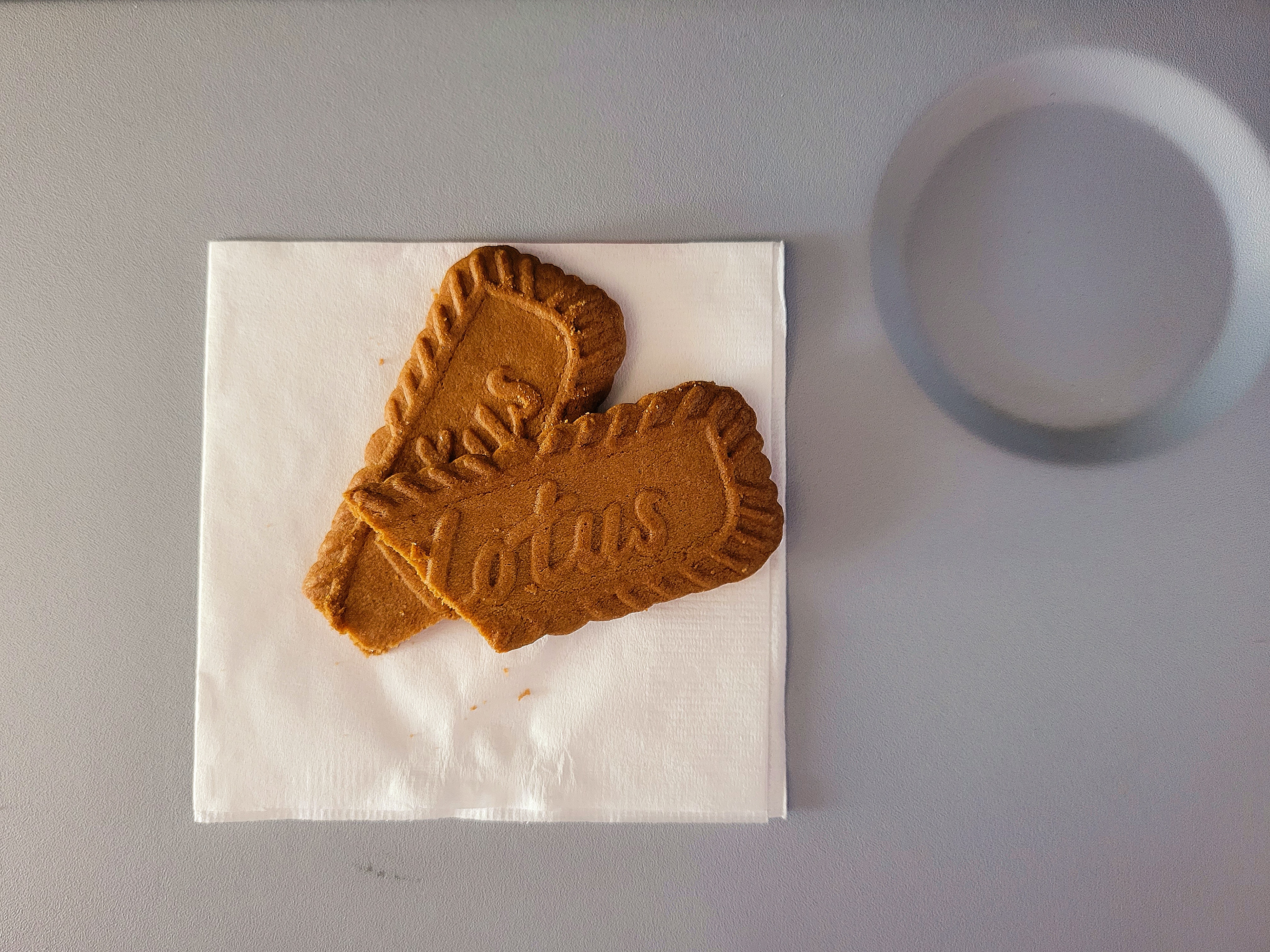
Unlike ‘bleisure’, a ‘flexcation’ trip combines remote work with leisure travel. As discussed by Forbes, ‘bleisure’ trips have “killed off business travel and split the leisure market in two” with some passengers heading into First Class or Premium, and everyone else switching to Economy.
This evolving passenger demographic is creating a myriad of new challenges for airlines. This ‘new breed’ of customer has significantly different expectations and this is driving change in the overall passenger experience landscape. The onboard food and beverage market is an area where the industry is witnessing some of the most notable shifts in consumer trends.
Airlines need to strike a healthy balance between embracing the key consumer trends and preferences, while considering costs and managing the operational challenges which accompany menu changes.
Evolving passenger trends
Consumers are currently living in an always-on era. They can get what they want at the touch of a button or swipe of a screen, and these expectations are bleeding into all areas of life, including travel. As a result, the passenger experience landscape is having to shift in ways not experienced before, acting as a microcosm of the world at large.
To meet new and evolving passenger needs, airlines must be agile in their approach to creating the perfect passenger experience.
However, according to Accenture, 95% of both B2C and B2B executives say they believe their customers are changing faster than they can evolve. This challenge is amplified for airlines as they traditionally face extended timelines for implementing new products into their onboard menus and adopting new suppliers.
If airlines are to remain on the pulse of customer preferences, they must take a broader view of their passengers’ lives to understand the ever-changing needs and priorities. To provide some clarity, we’re helping airlines by identifying some of the most prominent trends that experts believe are here to stay.
Health-conscious passengers
Traditionally, tracking down healthy food options hasn’t always been a top priority for hungry travellers. Speed, ease, and convenience have understandably been king. However, as consumers become increasingly educated and health-conscious, this is driving travel operators to adapt their catering options.
According to survey data from McKinsey and Company, at least 70% of consumers want to be healthier, and half of those surveyed considered healthy eating to be a top priority.

Growing up as technology and social media natives, Millennials and Gen Zs have been consistently exposed to information on the risks and implications of unhealthy eating – which likely feeds into their more health-conscious mindset.
The challenge for airlines lies in navigating the fine line between finding brands that can provide these healthy products without compromising on taste, while meeting an airline’s needs when it comes to price, storage and quantity/supply chain demands.
The onboard environment presents a variety of unique culinary challenges which airlines must contend with. According to experts, everything from humidity levels to temperature and altitude can affect airline food and drink.
Operators are increasingly having to adapt their menus to combat this, but it’s no easy task. For example, adding extra salt, sugar or seasoning to dishes – while enhancing the taste – can impact the health implications of menu items.
Emerging religious and cultural significance markets
The passenger demographic is shifting in more ways than just age and travel purpose. According to the International Air Transport Association (IATA), Muslim travellers represent one of the fastest emerging international markets when it comes to annual passenger growth rates – largely due to a rapidly growing population.
For example, according to data from the Pew Research Center, the number of Muslims worldwide is expected to increase by up to 70% between 2010 and 2050.
In fact, by 2026, Muslim travellers are expected to be worth more than US$450 billion to the world economy. And as the number of Muslim travellers continues to grow, halal will become an increasingly important sector for airline buyers.
However, it’s not just Muslim travellers and the associated practices that airlines need to be aware of. To better cater to their existing and potential future passengers, airlines should reconsider the religious and culturally significant preferences of all their customers, and how they might need to adapt.
For example, the number of Hindus is set to grow by 27%, and Jews by 15%, while Buddhists are forecast to see a 7% drop in their numbers, which is likely to have a distinct impact on passenger demographics. If so, this will potentially mean that airlines need to make further changes to their menus.
In terms of food requirements, the majority of Hindus are lacto-vegetarian, avoiding meat and eggs. Though some may eat lamb, chicken or fish, beef is always avoided because the cow is considered a holy animal. Whereas most Jews follow Kosher food guidelines which forbid the pairing of meat and dairy – among other requirements.
Airlines need to work out which of these changes may affect their customer base – as this may vary based on factors such as the geography of their flight routes – and make decisions accordingly.
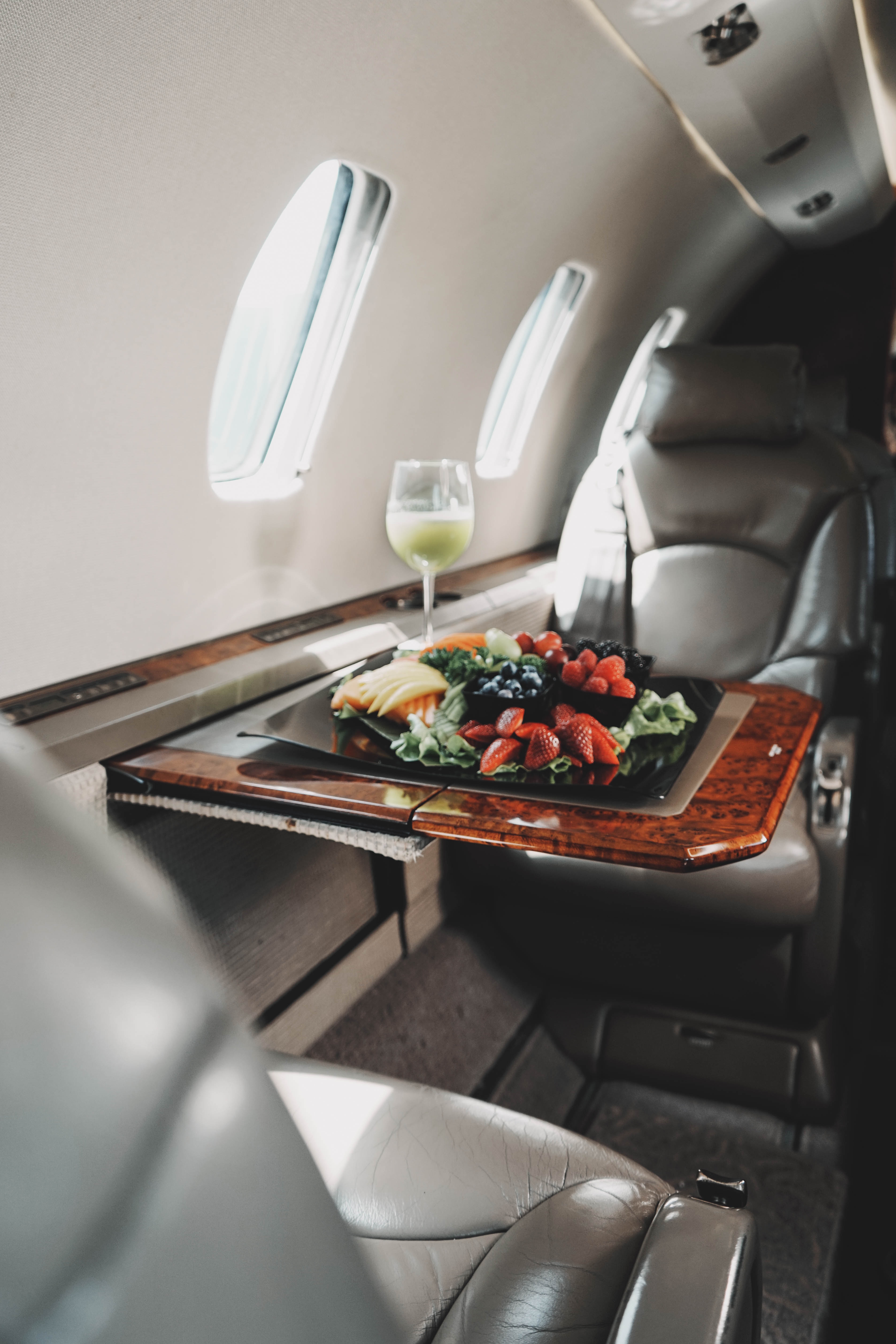
Catering for specific dietary requirements
When crafting a new onboard menu, or adapting an existing one, dietary requirements should be one of the most essential considerations for airlines. These include everything from allergies and intolerances, to veganism, vegetarianism, gluten-free and flexitarian diets.
As the number of passengers with dietary variations continues to skyrocket, it will be increasingly crucial for airlines to understand how they can cater to customers with these needs.
Given the potentially devastating consequences if overlooked, addressing the issue of allergies and intolerances is paramount. Despite this, there are currently no laws dictating what foods airlines can serve. Nonetheless, some airlines have taken matters into their own hands.
For example, in 2019, easyJet banned the sale of nuts on flights to help protect passengers with allergies. The airline has also prohibited passengers from eating nut products onboard if someone on the flight has an allergy.
According to Coeliac UK, the market for gluten-free food is another rapidly growing space and is currently worth an estimated £835 million per year in the UK. The charity reports that around 1 in 100 people have coeliac disease, however, a gluten-free diet can also be used to manage a variety of medical conditions which cause gluten sensitivity.
As a result, it’s estimated that at least 10% of UK consumers follow this diet, while research has found that up to 5% of the population of Western societies report following a gluten free diet.
Data suggests that gluten-free products may serve an alternative purpose – beyond just medical – for some consumers. For example, Grand View Research found that the COVID-19 pandemic saw an exponential increase in the consumption of gluten-free products. The report suggests that this can be attributed to increased health and wellness concerns among consumers during this period.
Veganism also presents a huge opportunity for airlines. According to Statistica, as of 2023, there were an estimated 6.62 million vegans across the EU, with this number expected to rise to 8.25 million by 2033.
Similarly, the global vegan market is expected to reach a value of over 22 billion USD in 2025. But why exactly is veganism becoming such a widespread, global phenomenon? Research suggests that traditionally the three key motivators can be boiled down to:
- ethical reasons/animal welfare concerns
- personal health reasons
- and increased awareness of the impact of animal-based diets on the environment
One of the difficulties with dietary requirements is that there are so many different areas to consider, let alone address. As a result, airlines face the challenge of having to balance customer satisfaction with additional costs and operational issues.

A need for transparency
In a world of fake news and misinformation, onboard passengers are increasingly looking for transparency around their purchases, especially when it comes to food and beverage choices.
In a post-COVID era, many consumers have become concerned about the health and safety of their products, especially when it comes to food and drinks.
A study from 2022 found that food quality and safety during flights are a determining factor and could affect which airline passengers choose to fly with. This trend also plays into the growing consumer demand for pre-packaged food, which can address and reduce many food safety concerns.
A consumer desire for a more sustainable offering is another factor driving the push for transparency. According to survey data from OAG, 56% of all travellers and 50% of business travellers would consider switching their preferred airline if there were “more environmentally friendly options available.” Somewhat unsurprisingly, the figure was even higher for Millennial passengers at 68%.
Seasonality and local procuring of food and drink have also been identified as a key market priority. However, this is frequently at odds with consumer expectations of having widespread and diverse catering options readily available across the entire year.
Considerations
Airlines must also identify their core customers to be discerning with their actions. For instance, even though Millennial and Gen Z travellers now account for a greater portion of the global market, research suggests that they may not be the passengers who spend the most.
According to survey data from the Omnevo & Wiesbaden Business School, 45% of Gen Y & Z respondents said that water or soft drinks were their most purchased item at the airport or on the plane, compared to just 30% who said that it was a main meal or snack. As a result, airlines need to carefully consider which F&B trends will be most worth pursuing and incorporating into their onboard menus.
That said, for long-haul flights – where consumers are usually provided with complimentary meals, snacks and drinks – having an inclusive F&B menu will be a significantly more important element. Understandably, consumers will be unlikely to pick airlines that can’t cater to their specific needs and preferences.
Additionally, research has shown that “passengers on long-haul flights are willing to pay between two and three times as much as passengers on short-haul flights for snacks, underlining the necessity for passengers to eat on long-haul flights.”
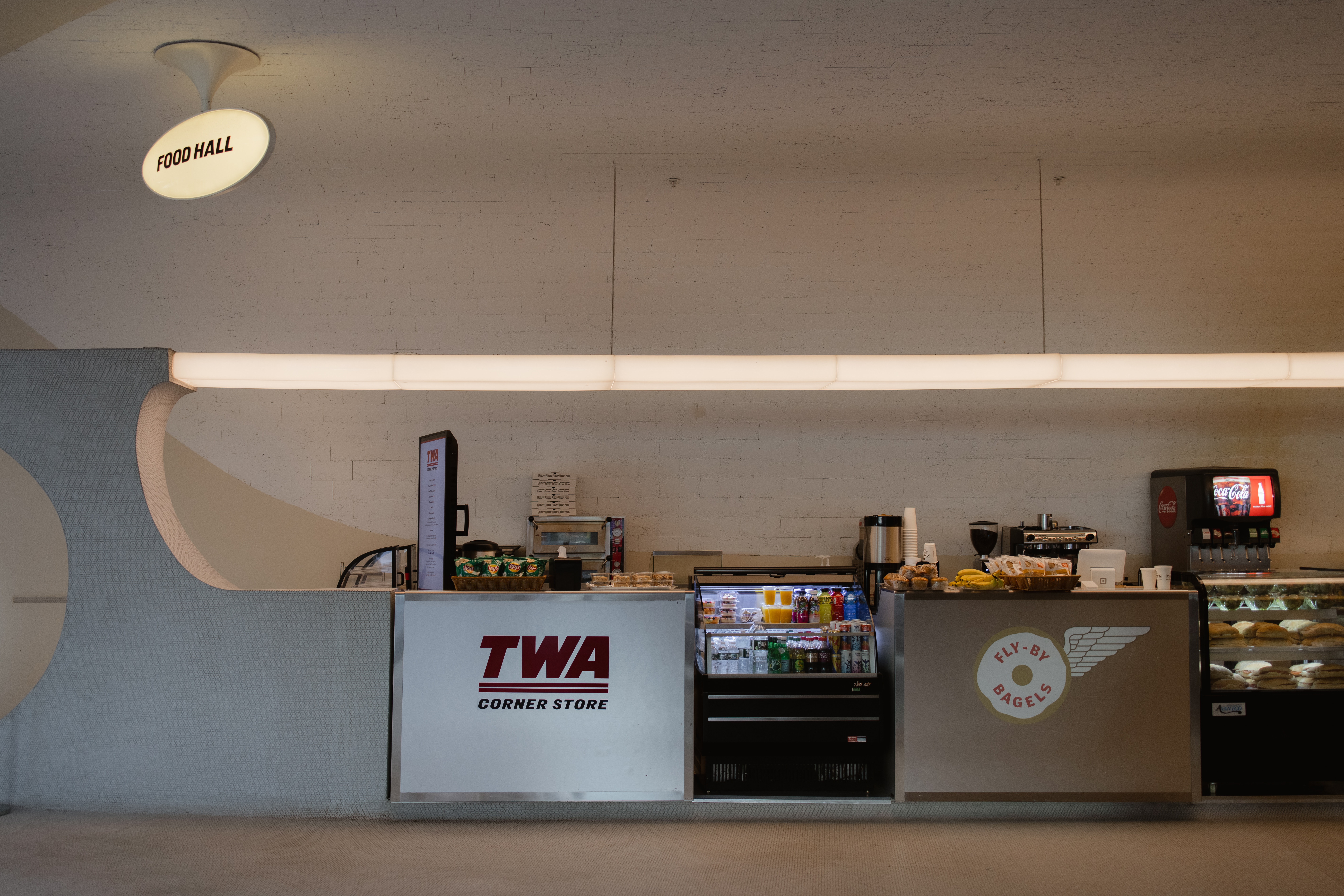
Putting words into action: How are airlines responding?
As airlines become increasingly mindful of these shifting passenger preferences, it’s important to ensure that the relevant insights are effectively actioned.
Over the last few years, vegan products and menu items have become increasingly available and sophisticated across a huge number of airlines. In 2022, Emirates reported a 154% increase in onboard vegan meals served, and similarly, Qatar Airways introduced its first fully vegan range of dishes in 2020.
Providing plant-based dishes on selected flights since the 1990s, and currently offering more than 180 vegan options, Emirates has long been regarded as a top choice for vegan travellers. Initially, the airline focused its vegan efforts on certain routes such as Addis Ababa where vegan meals are required during certain times of the year by those practicing the Ethiopian Orthodox faith, and across the Indian subcontinent where multiple faiths encourage a plant-based diet.
However, as vegan diets and dishes have grown hugely in popularity across the globe, Emirates has dramatically expanded its vegan offering and now provides options across a range of routes. According to the airline, some of the current vegan meal favourites in Economy Class include “creamy spinach and avocado mousseline, with marinated tofu, blanched snow peas, radish, asparagus, pomegranate seeds, courgette ribbon and sriracha oil”.
However, vegan dishes haven’t just been a hit in Economy. Due to demand, Emirates also introduced a brand-new gourmet vegan menu to First and Business Class in 2022. The menu includes “chef-curated dishes like pan-roasted king oyster mushrooms, jackfruit biryani, sliced kohlrabi and burnt orange, chocolate truffle cake with hazelnut, pistachio and gold leaf, and green grape tart with candied rose petals, vanilla custard and berry compote glistening with yuzu pearls”.
Notably, in 2022, over 195,000 vegan desserts were served across all classes of travel, highlighting the cross-category popularity of this trend.
When it comes to halal, the market sector is still emerging, and many airlines are yet to realise the full potential of this passenger growth. However, the landscape is very varied. Airlines such as Qatar Airways, Malaysian Airlines, Royal Brunei, Royal Jordanian and Saudi Arabian Airlines provide entirely halal menus.
The majority of airlines offer some form of MOML options – the airline code for meals prepared following the Islamic tradition – though they may not have halal certification or verification. Additionally, most airlines also offer alcohol onboard their flights, which goes against halal practices.
Major airlines have also been making big strides when it comes to the transparency of their food and beverage offerings. For example, Qatar Airways passengers can view the menu for upcoming flights on the airline’s app or website. Ingredients are included on pre-order menus and safety measures are clearly outlined on their website.
In the realm of the onboard passenger experience, the significance of transparency cannot be understated, especially given its role in helping to facilitate other food and beverage trends.
Take, for instance, its critical importance for passengers with food allergies and intolerances. Providing a comprehensive and accurate ingredient list and or details on food preparation can be a life-saving measure.
Transparency can be equally beneficial for vegans, who often encounter ambiguity around the term “plant-based,” as a full overview of their food choices greatly assists them in discerning suitable options. There may be similar challenges experienced by Muslim travellers when it comes to finding MOML options.
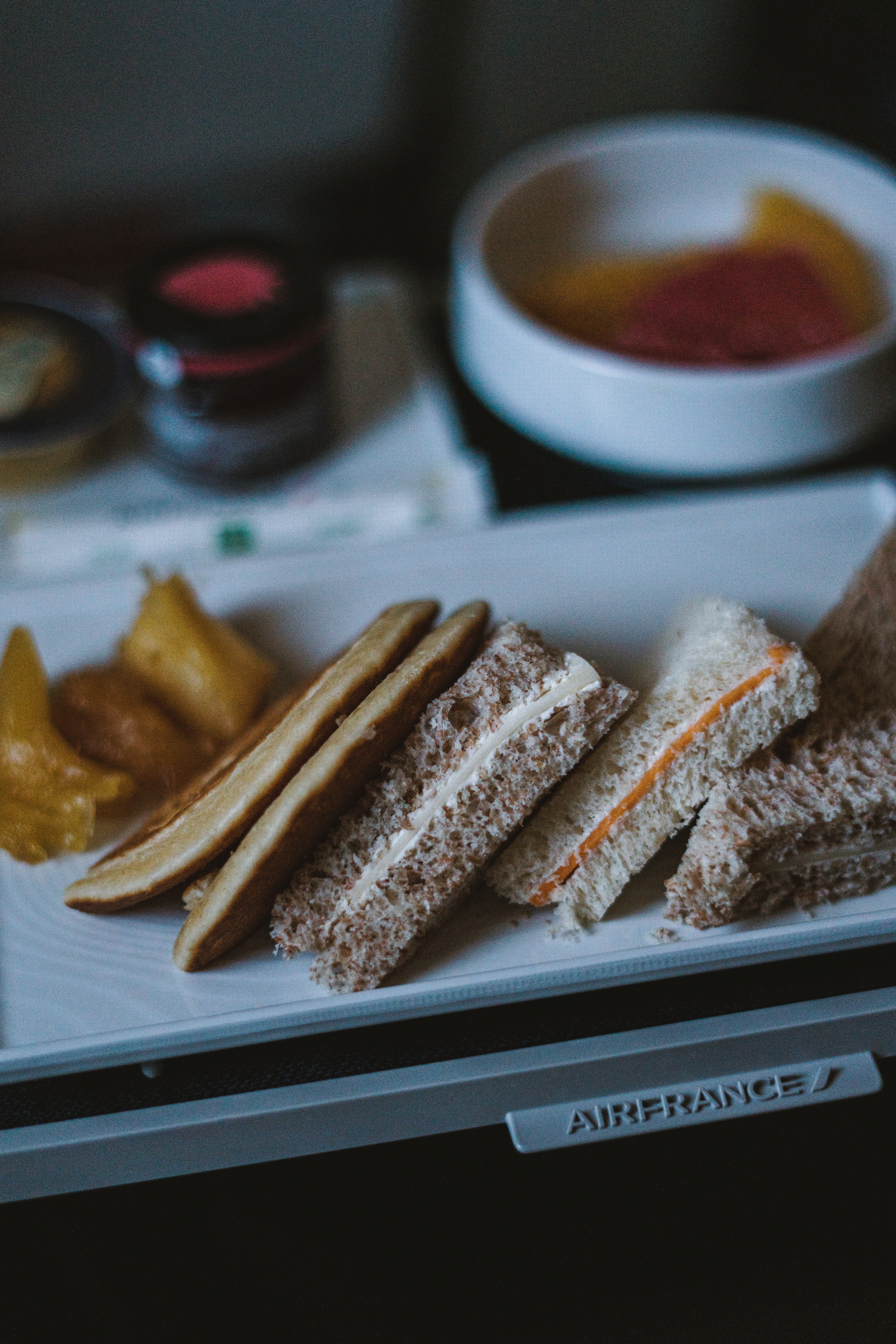
Key challenges and barriers
Keeping up with the needs of the modern consumer is an ongoing challenge for airlines, and this largely relates to the operational realities of the industry. Though consumer trends are consistently moving very swiftly, the airline industry, understandably, can’t move in line with this pace.
However, this isn’t necessarily a bad thing and there are several main considerations for why airlines should carefully contemplate which trends they base any menu changes on.
The first has already been referenced in the ‘considerations’ section. It’s not only about ‘who’ your customers are but also about whether they’re buying anything and what they’re buying. As well as understanding their core customer base, airlines crucially need to consider passenger purchasing patterns, as this will help to drive perceptive menu changes.
The second reason is the inconsistency and unreliable nature of trends. While some shifts in cultural trends and health requirements may be here to stay, others may be gone next year.
Though it’s always going to be essential to listen to passengers, airlines need to be savvy with their approach. Conducting the relevant research will be crucial in understanding consumer trends and needs and making intelligent menu choices as a result.
Taking advantage of WTCE
To identify and understand the onboard food and beverage trends of tomorrow and help airlines cut through the noise, there’s no better resource than World Travel Catering & Onboard Services Expo (WTCE). Bringing together onboard-ready suppliers of food and beverage products as well as catering solutions, the exhibition hosts a range of exciting features that provide key insights into the current and upcoming onboard F&B trends.

Taste of Travel Theatre at WTCE also offers a dedicated space for industry professionals to consider the most prominent onboard developments. Boasting a programme packed to the brim with insightful seminars, cooking demos and tasting opportunities, Taste of Travel Theatre provides visitors with industry knowledge from a huge range of influential thought leaders and experts throughout the event.

As sustainable practices become increasingly important to the travel industry, WTCE 2024 will be launching its ‘Steps to Sustainability’ feature, which shines a spotlight on some of the biggest innovations in environmentally conscious materials, production, manufacturing, and operations. For airlines looking to develop their sustainable offering, this show trail will highlight a curated range of exciting onboard products from organic foods and drinks to amenities and tableware items.
Discussing the exhibition, Jochen Rosseel, Chief Operating Officer at Aero-Sense, commented:
“The show is the perfect place to see the latest trends in the market.”
Angela Mullen, Head of Inflight Retail Operations at easyJet added:
“I’m at WTCE […] to look at the innovation on offer in food equipment packaging and sustainability.”
Looking ahead, the outlook for the travel industry is positive and seems to be moving in an upwards trajectory. To keep up with the competition, as we approach 2024, WTCE will be the ideal platform for air and rail operators to uncover ways that they can reinvent their services to meet the ever-evolving needs of travellers.
If you’re interested in learning more about key industry developments or for details of WTCE 2024:
